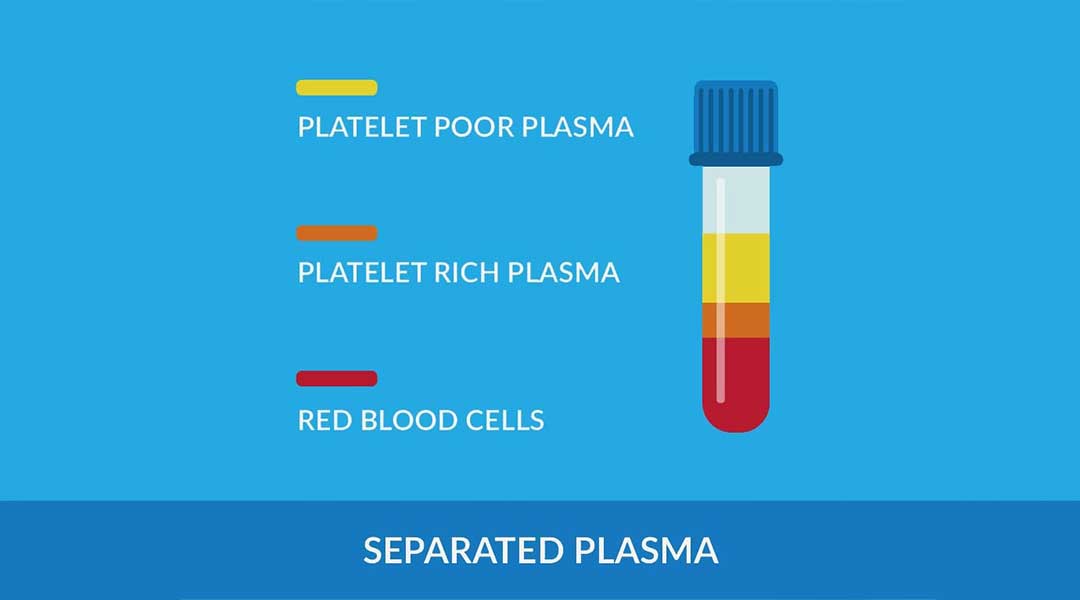The PRP facial is something that are always talked about when it comes to non-surgical aesthetics, with some major celebrities (like Kim Kardashian to name one) undergoing treatment in the past. With how quick the internet is nowadays, you can find all the information you need to know at the touch of a button in just a few seconds, but with treatments such as this one there is a lot of misinformation out there.
Before even preparing to undergo a PRP facial treatment, the range of rumours and myths on the internet can sow the seeds of doubt into the mind of a prospective client and we find that the best way to help is to show proof with the truth about the treatment. With any procedure, it’s always important to educate yourself first and learn about all the possible outcomes, but when it comes to one that utilises your own blood then you really need to make sure you now the facts first.
What is a PRP facial?
PRP, or platelet rich plasma, facials are a form of facial rejuvenation treatment that uses your blood to heal your skin. Without knowing anything about it, that sounds like a scary treatment but it’s actually nowhere near as scary as you’d think.
The process begins with a small amount of blood being drawn from the person who is undergoing the treatment. The blood is then spun using a centrifuge to separate the red blood cells from the plasma (which is what is actually used in the treatment). Once the blood and plasma are separated, it’s time to separate the platelet poor plasma from the platelet rich plasma which is then prepared to be used within the treatment.
After the initial preparation has been completed, the PRP is injected into the skin (either using a needle or by being applied using a dermaroller) to give the skin a plumper and more radiant appearance whilst smoothing out any fine lines and wrinkles that are present.
How does a PRP facial work?
The platelets contained in your blood, which is where the treatment gets it’s name, are rich in a form of protein known as “growth factors”. These are the protein that are responsible for helping to heal and repair damaged tissues within the body.
When these are separated from the blood and utilised in a concentrated solution made up entirely of platelet rich plasma, they become much more potent and are capable of being used to fight the signs of ageing from within the skin.
Once the concentrated solution has been applied, it begins to work its magic to rejuvenate and refresh the entire face by tightening any wrinkled areas and smoothing out the general appearance of the skin to improve the overall look and feel.

What advantages does a PRP facial have for me and my skin?
There are a range of benefits that the PRP facial treatment has for the skin, such as assisting with the creation of new elastin and collagen to help to remove visible wrinkles, acne scarring, fine lines and stretch marks (although these tend to be much less present on the face). It can also provide a huge benefit for the overall texture and tone of your skin.
There are also a number of advantages for the person undergoing the treatment as well. For example, the treatment itself is minimally invasive and is generally considered to be painless. Another major benefit is the fact that the treatment itself is over quite quickly. During a PRP facial treatment, your blood is drawn and spun through the centrifuge (which generally takes around 5 minutes or so), and dependent on the size of the area to be treated, it takes somewhere between 30 and 60 minutes for the PRP facial treatment to be completed.
Another major benefit is the lack of downtime associated with the treatment. What we mean by this is, after you have been in for your PRP facial treatment, you are able to go home and go about your standard day as if nothing has even happened.
How do I know if I’m a good candidate for a PRP facial treatment?
Pretty much anyone is capable of being a good candidate to undergo a PRP facial. Factors that may improve your status as a candidate for a PRP facial treatment are;
- Suffering from acne scarring
- Suffering with hyperpigmentation
- Having fine lines and wrinkles that you would like to reduce the appearance of
- Wanting to have firmer or tighter skin
- Suffering from having an uneven skin tone
- Suffering from dry skin on the face
- Feeling like your skin is more aged than it should be
While this list is good to use as a basis, you need to keep in mind that this doesn’t absolutely guarantee your suitability for the treatment. There may be underlying conditions or reasons that rule you out of undergoing a PRP facial treatment but these will be discussed during a consultation before treatment.

